Benjamin Britten (1913-1976) composed his chamber opera “Noye’s Fludde” in 1957 specifically for church performance. Writing for musicians and actor/singers, all a mix of professionals and amateurs, and a large group of children, he deliberately kept his music simple, accessible, tonal, and only mildly dissonant. The text is based on W.H. Auden’s adaptation of a Chester mystery play, and tells the story of how God commanded Noah to build the Ark and save himself, his family, and assorted animals from the impending storm and flood. Noah’s wife is depicted as a shrew; she refuses to leave, but is overpowered by her husband and their children, and, once on the Ark, gives up her resistance. The audience is invited to join in the singing of three hymns, and given a chance to learn the tunes during the first of several verses.
The lovely Church of the Transfiguration (affectionately known as “The Little Church Around the Corner”) was an ideal setting for this endearing, intimate work. Judging from the performers’ names, the production was a community effort, with entire families participating in various capacities. Conducted by the Church’s Music Director, Claudia Dumschat, the performance was a delight.
The work begins with the percussion erupting in a frightening imitation of the coming storm; then God’s voice is heard through a loudspeaker. The trumpets go into glorious action to announce and celebrate good news; two pianists at one piano provide a harmonic framework; the organ adds sonority in the climaxes; the orchestration – for strings, recorders, percussion and handbells – is so discreet and the playing at this performance was so fine and sensitive that the instruments never covered the voices.
The staging used the Church’s layout to good advantage. The cast entered through the aisles, affording the audience a close-up view. The singing, acting and dancing were excellent; Andrew Martens’ Noah, Leslie Middlebrook’s Mrs. Noah, the Gossips, and several of the older children stood out. Some of the younger children were at times unsure of the pitches and their voices were a bit shrill. However, all the children’s performances were admirable, natural and spontaneous, carefully coached but not drilled. Their animal costumes were simple but imaginative; one hopes they will wear them again at Halloween.
The Church’s Boys’ Choir got its turn in the spotlight in the program’s opening works. The oldest such choir in New York, it is the only one not affiliated with a school. Coming from various backgrounds, its 16 members are selected by audition and rehearse several times a week. Their seriousness and hard work showed in their performance of Vivaldi’s Laudamus Te, Parry’s Jerusalem, and especially Franck’s Panis Angelicus, which featured an impressively talented boy soprano, Ajonte Anderson. The arrangement was by bassist/composer Victor Kioulaphides, who also contributed an original work called Purcelliana; a slow prelude and a lively canon, it was played beautifully by the strings.
The audience displayed as much involvement and enthusiasm as the performers; a record number of flashing cell phones preserved this enjoyable, successful event.

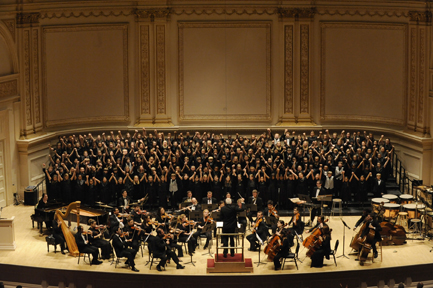
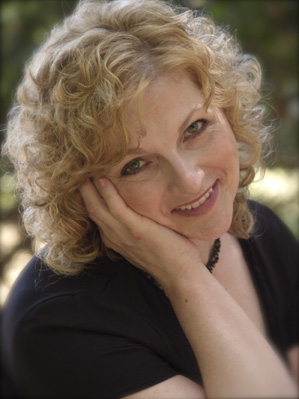
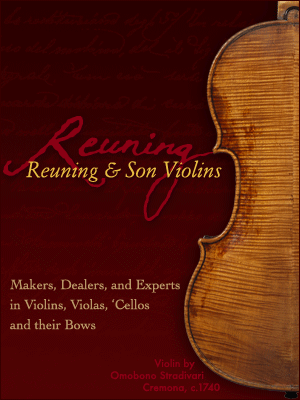
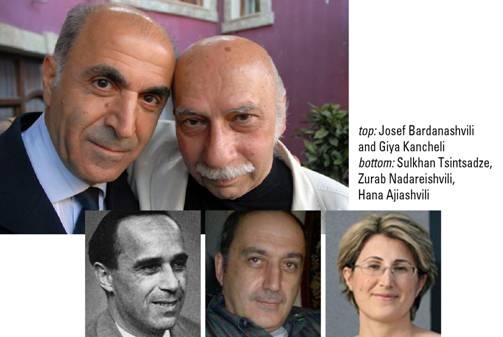



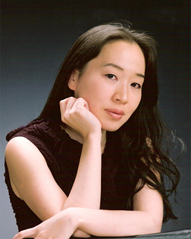
 Victor Goldberg is an excellent pianist with a formidable technique, a powerful tone, and a romantic soul (and a distracting habit of tossing his hands way up). Russian-born, he has studied, performed and won competitions in Europe, Israel and America, and is the recipient of the 2008 Pro Musicis International Award.
Victor Goldberg is an excellent pianist with a formidable technique, a powerful tone, and a romantic soul (and a distracting habit of tossing his hands way up). Russian-born, he has studied, performed and won competitions in Europe, Israel and America, and is the recipient of the 2008 Pro Musicis International Award.